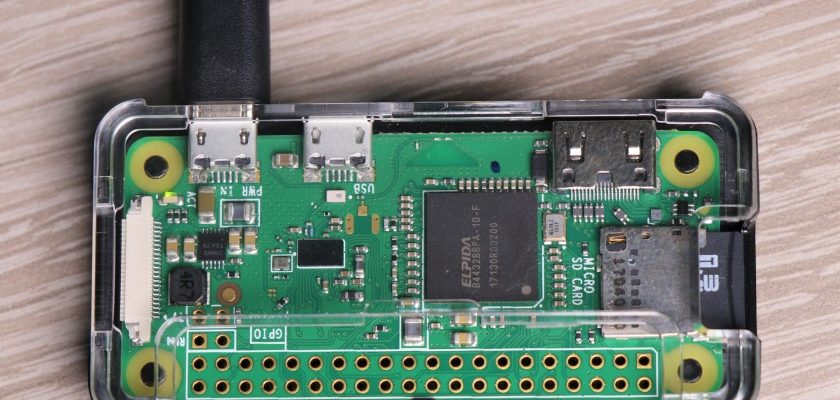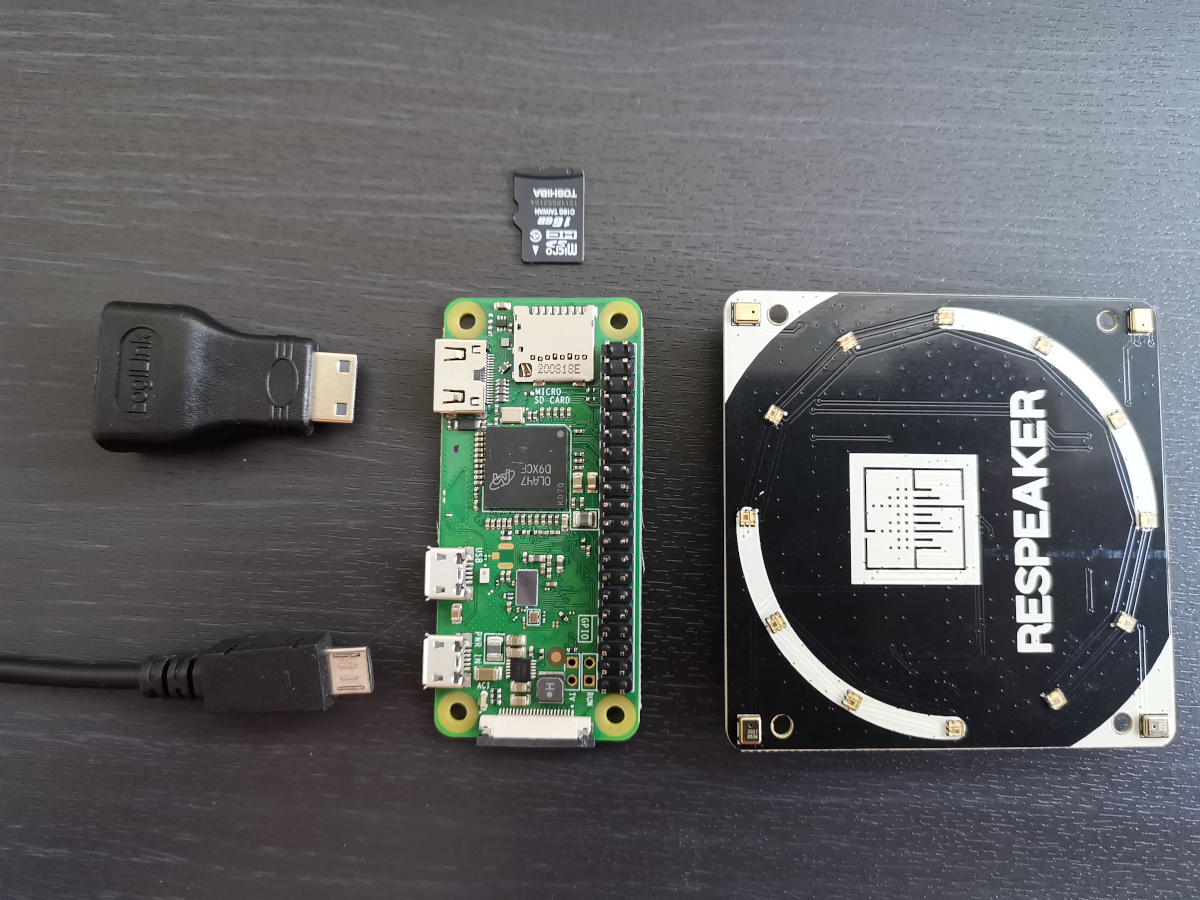

While the little Pi was booting I got a notification from Win10 that a new USB Ethernet/RNDIS Gadget network adapter was found. I put the modified card into my Pi Zero 2 and connected it to my Windows 10 laptop with a micro-USB 2.0 data cable (connected to the Z2's USB DATA port). I just tried my Pi Zero 2 in USB-Ethernet Gadget mode, and it worked as expected for me (tested Bullseye & Buster Lite).įor the Bullseye Lite 32-bit image I made the necessary edits to config.txt and cmdline.txt as well as adding an empty ssh file. *: do I detect an anti-linux bias here? Oh and it's quite clear in my guide which linux distrubution it is talking aboit One option to consider is turning on internet conenction sharing on you PC but that may upset your network admins as it will give the Pi access to your local network.Īnother is to use a network scanner (such as Advanced IP Scanner) to find the IP address of the Pi then access it by that. They also need to be in a different subnet to any other local networks visible to both devices. If using static IP addresses, they need to be different on the Pi and the PC. Refer to the troubleshooting section of my guide. As for toubleshooting, the tasks are the same, just the UI varies. Make sure mDNS/zeroconf support is installed, configured, and enabled on the windows box.Īt this point, hostname.local from the 'doze box should just work.Make sure windows is detecting the ethernet interface provided by the zero2w and assigning it an IP address (probably in the link-local subnet).


If it would work on Windows if I'd configured it on linux (I have dualboot for Ubuntu) then I'd gladly do so.


 0 kommentar(er)
0 kommentar(er)
